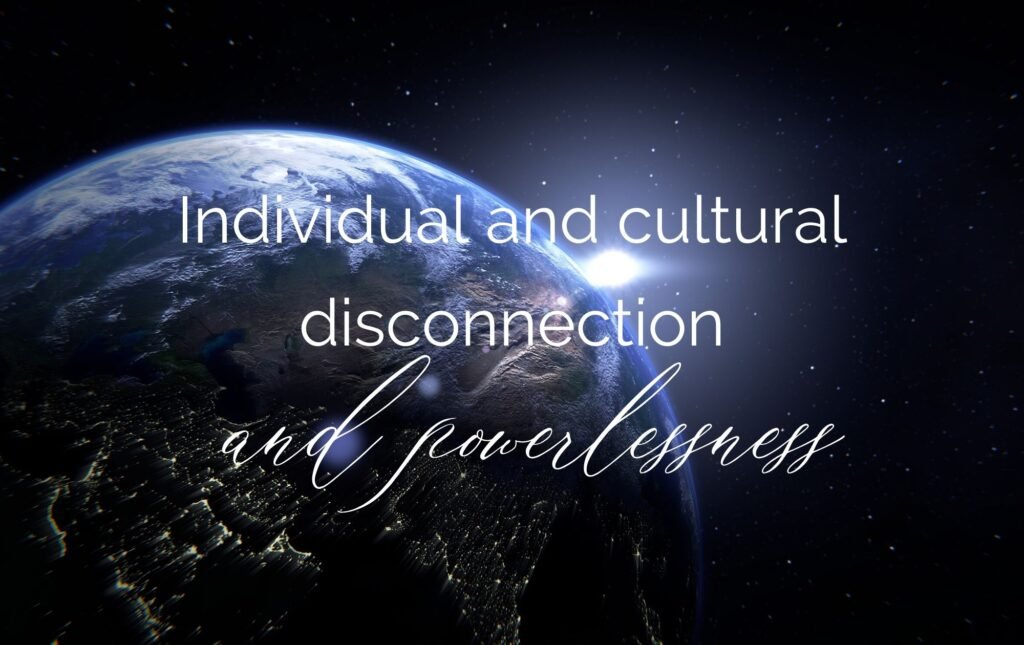
Understanding Cultural Disconnect
Reconnecting Mind and Body: Your Guide to the MindBody Reconnect Technique
Let’s face it—it’s tough navigating chronic conditions like Fibromyalgia, ME/CFS, and Long COVID. These challenges aren’t just physical; they tug at our emotional and mental well-being too. But what if there was a way to heal by looking at the connection between your mind and body? Enter the MindBody Reconnect (MBR) technique. This innovative approach offers a fresh, holistic way to tackle the pain and struggles that come with these conditions. In this guide, we’ll break down the MBR technique, share key insights, and suggest ways for you to nurture a deeper connection with both your mind and body.
Let’s Dive Into the MindBody Reconnect Technique
At its heart, the MBR technique encourages us to see the strong ties between mental and physical health—a perspective that’s often overlooked. Clare Caldwell, the founder of MBR, pulls from the insightful work of Dr. Gabor Maté and draws upon indigenous wisdom. The MBR technique challenges that common notion we hear—that the mind and body are separate entities. Instead, it teaches us that they work together and shape our overall health and well-being.
Understanding Cultural Disconnect
Here’s a reality check—many chronic conditions, whether it’s anxiety or persistent physical pain, often stem from a disconnect between what we feel mentally and what we experience physically. This split can make daily life feel like a mere survival act, amplifying our symptoms and building up frustration. Embracing MBR principles brings light to the fact that true healing starts by bridging this gap. It’s about recognizing that emotional and mental aspects deserve just as much attention as our physical health.
A Quick Tip for You:
To start reconnecting those two sides of yourself, why not give mindfulness practices a try? Meditation, journaling, and even creative arts can boost self-awareness and help you tune in to your mind and body.
The Power of Neuroplasticity
A key idea in the MBR technique is neuroplasticity—basically, it’s your brain’s superpower to reorganize and form new connections. The MBR program taps into this ability and teaches you ways to shift your thinking patterns and emotional habits. It’s pretty empowering; you’re not just a passenger on this healing journey. You can actively shape your mental environment for the better.
Real-Life Example:
Consider Dr. Ermion Pierre. After experiencing the devastating Haiti earthquake, she turned to MBR techniques to work through the trauma. Her journey highlights the four-step MBR process:
1. Clearing energetic blockages.
2. Nourishing the body for health.
3. Expanding consciousness for peace of mind.
4. Engaging with your body’s innate wisdom.
These steps help you tackle both mental and physical disconnection, providing a more complete path to healing.
A Custom Approach That Fits You
Here’s the thing: the MBR technique isn’t a cookie-cutter solution. It blends aspects of somatics, life coaching, and brain retraining, which means you can find a style that fits your unique situation. This personalized approach ensures that you receive support that speaks to what you’re experiencing.
How You Can Make the Most of MBR:
Look for an MBR practitioner who feels like the right match for you. They can guide you through this tailored journey, drawing from their experience to provide the nuanced support you need.
Bringing MindBody Reconnect into Your Daily Life
Ready to Take It Step by Step?
If you’re looking to dive deeper into the MBR technique, let’s break down some simple steps to get started:
1. Start Small: Begin your day with short walks or gentle stretches. Even a few minutes of mindful breathing can make a big difference.
2. Learn More: Pick up a few books or attend workshops that explore the mind-body connection and the idea of neuroplasticity. Knowing more gives you the tools to make MBR techniques work better for you.
3. Find Your Support: If you’re feeling stuck, reach out to a specialist in MBR. Their insights could be just what you need to navigate your specific challenges.
4. Keep Track: Grab a journal and jot down any changes you notice in your symptoms or emotions. Reflecting on your progress can offer valuable insights over time.
5. Connect with Others: Don’t underestimate the power of community. Join groups—online or in-person—where you can share stories and support one another. It’s so important to feel that sense of belonging.
Wrapping It Up
The MindBody Reconnect technique shifts how we view chronic health challenges. By recognizing that our mental and physical health are deeply intertwined, we can work towards a more balanced, fulfilling life. Whether you’re seeking alternative paths to healing or just beginning to understand your mind-body connection, MBR offers a framework to guide you.
So, why not take that first step? Reach out to MBR practitioners, tap into community resources, or start exploring daily mindful practices. Your journey toward holistic healing is waiting—let’s take it together!
I’d love to hear your thoughts on this article or any experiences you have with mind-body techniques in the comments below. If you think someone else might benefit from learning about the MindBody Reconnect technique, feel free to share this! Together, we can support each other on this journey to holistic healing.
Written by Alexander Babinets
Founder of Express Fitness, certified coach, and author helping people get in shape without excuses.
📍 expressfitness.ca | 📩 info@expressfitness.ca
👤 More about me → alexanderbabinets.com
Hashtags: #technique #body #mind #mindbody #reconnect #physical #mental #health #healing #just #what #into #work #life #journey
